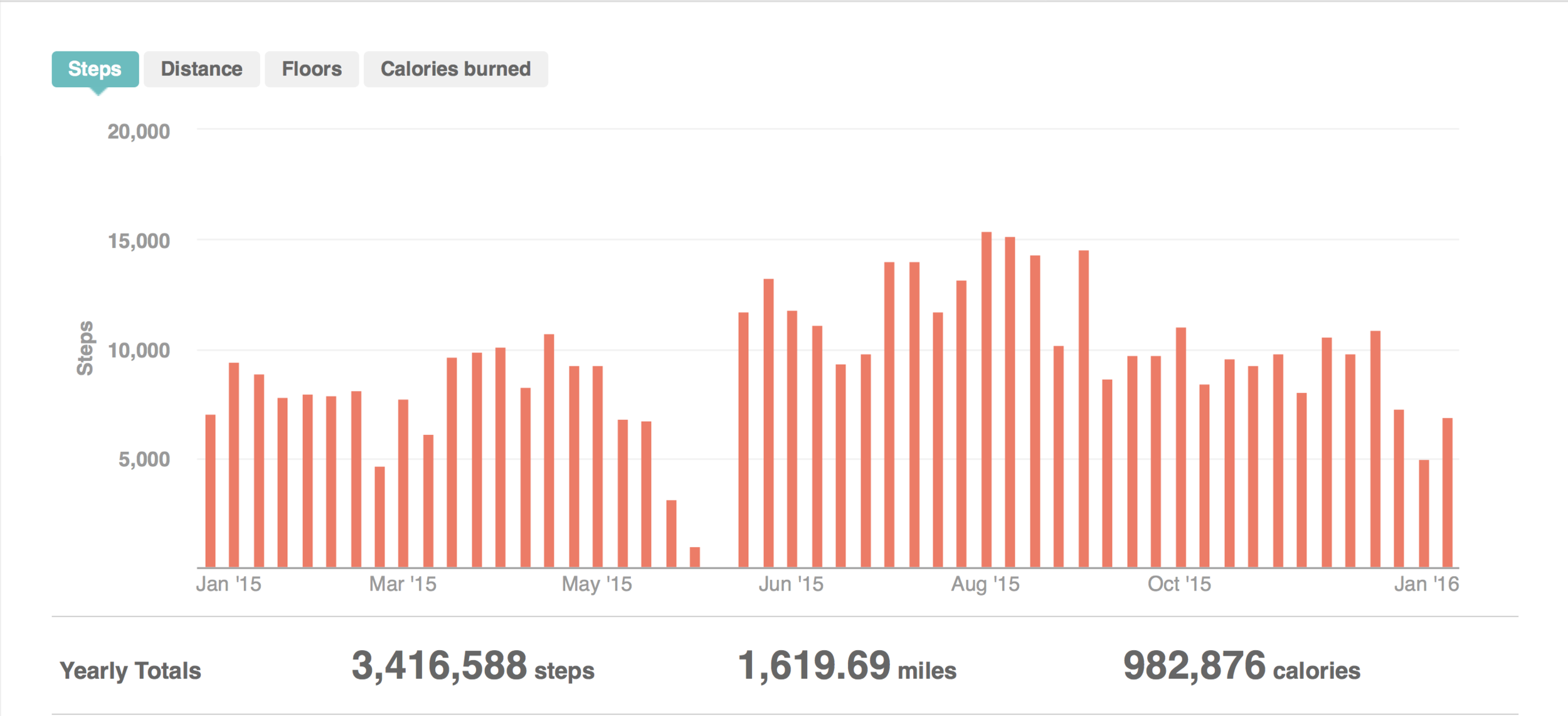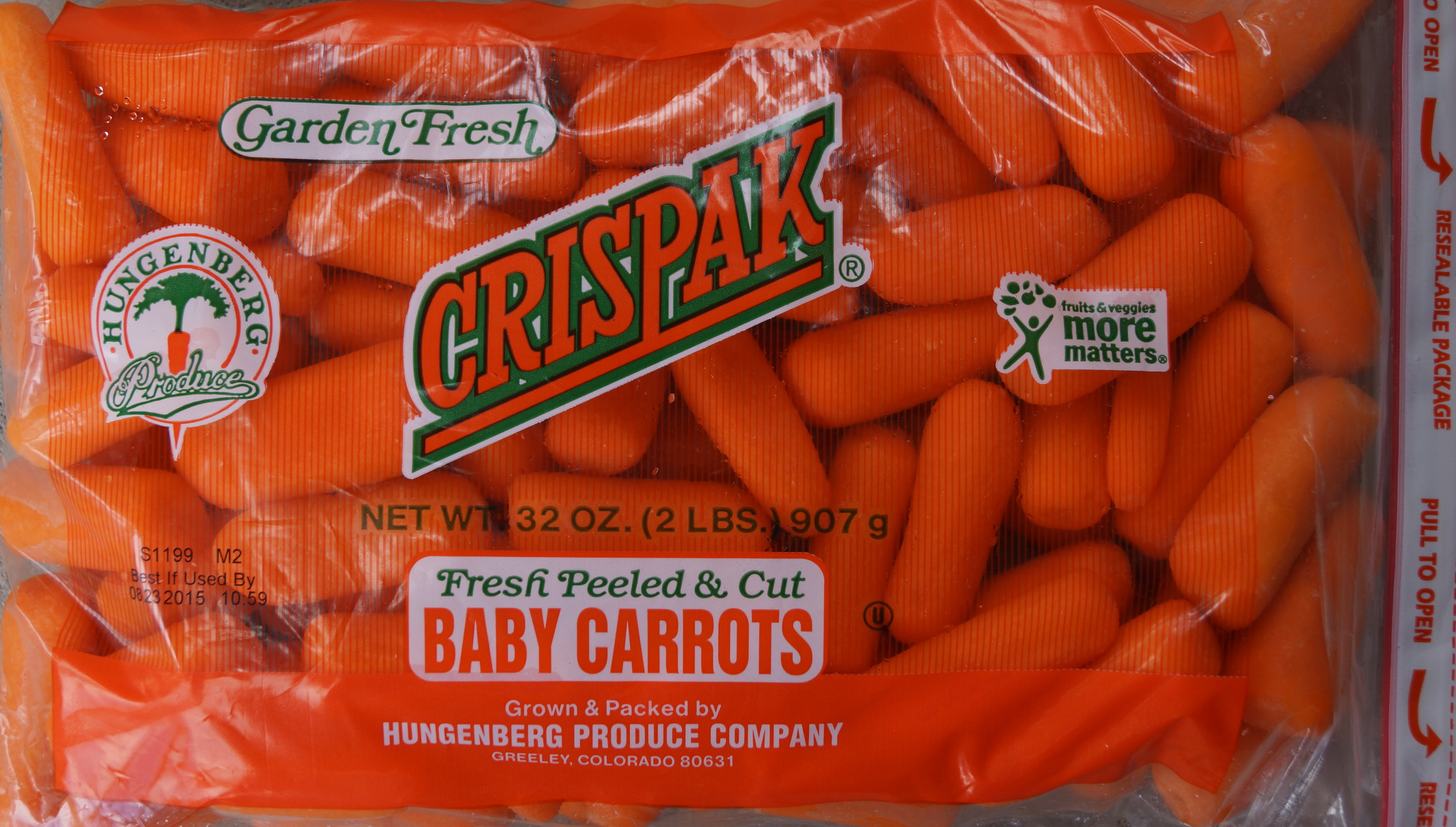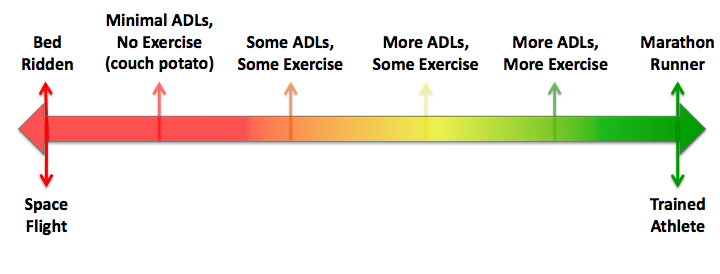Everyone in the health & wellness industry has a different recipe for healthy living. This is my recipe.
- Grocery shop 1x/wk and meal plan for 4 dinners/wk
- Accumulate a minimum of 10,000 steps/day.
- Resistance Train at least 2x/wk
In the spirit of full transparency and “do as I say not as I do” I wanted to share with you how well I followed my own advice in 2015.
1) Grocery shop 1x/wk and meal plan for 4 dinners/wk
I have outlined the utmost importance of grocery shopping in the previous posts, “Grocery Shopping” and “Paprika” but in a nutshell if you are grocery shopping once/wk that likely indicates that you are also meal planning for breakfast, lunch, and dinner for that week (and saving money at the same time).
If I were to grocery shop 1x/wk, that means I should have made it to the grocery store 52 times. I took off a few occasions from that goal because of vacations and instances when my fiancé went shopping instead of me, so my final goal was 46 times.
I made it to the grocery store 41 times for major shopping trips. How did I come up with this number? By looking at my credit card statements and counting the number of times I spent at least $50 at the grocery store.
In my mind, spending less than $50 on a trip to the grocery store generally means that the trip was impromptu, unplanned or just supplementing a select few ingredients to complete a meal. I took an additional 10 trips to the grocery store where I spent between $10 and $50. So in reality, this brings my total number of trips to the grocery store to 51 for 2015.
So overall, not perfect, but not too bad. Consistency in grocery shopping is definitely something I need to continue to work on.
2) Accumulate a minimum of 10,000 steps/day
Public health experts recommend accumulating at least 10,000 steps/day. Other professional organizations recommend 30 minutes of moderate to vigorous exercise on all or most days of the week. People will argue about whether 30 minutes of exercise is enough or whether accumulating 10,000 steps through activities of daily living and walking (i.e. without moderate to vigorous activities such as running) is sufficient. I say, let’s simplify these recommendations and focus on 10,000 steps, regardless of the method utilized to achieve them. Don’t use the confusing nature of these recommendations as an excuse not to move.
I came up just short of my 10,000 steps/day goal for all of 2015. My average number of steps/day turned out to be 9,733 (with 2 weeks removed due to my Fitbit being out of commission). If we say that you can accumulate 2000 steps in 15 minutes of power walking, this means I came up just 2 minutes of power walking short each day! Dang, close again, but need to concentrate on making this a priority, especially in the winter months.
Figure 1. Number of steps taken per month. Data from Fitbit Zip. Notice the large increase during the summer months. The winter months have room for improvement.
3) Resistance Train at least 2x/wk (Goal: 52 weeks x 2 – 104 resistance training occasions)
Regardless of what your health goals happen to be (become stronger, more “toned”, lose body fat, make activities of daily living easier, increase your energy, increase your endurance) resistance training a minimum of 2x/wk is necessary to achieve these goals. Anything less and your body will adapt very little if any.
Although I do keep a workout log for my own purposes, I recently found out that I have access to the information my gym collects about when I actually use my membership. I accessed this information and found out that, according to their records, I went to the gym 168 times (card swipes) and according to my workout log I resistance trained on 139 occasions in 2015. YES, I accomplished this one!
Number of weight training occasions each month.
January - 12
February -12
March - 10
April - 11
May - 8
June - 10
July - 12
August - 12
Sept - 12
Oct - 12
Nov - 10
Dec - 8
As you can see I had a few months that were better than others but overall the theme here is consistency. There are no huge peaks or valleys.
To summarize:
- Grocery shop 1x/wk and meal plan for 4 dinners/wk (41/46 weekly trips)
- Accumulate a minimum of 10,000 steps/day (9,733/10,000 steps/day)
- Resistance Train at least 2x/wk (139/104 occasions)
I wanted to share my information with you not to show you that I am perfect, rather that I am FAR FROM PERFECT. I am an expert in health & wellness and do my very best to stay healthy, yet even I have room for improvement. Trying to be healthy is hard but as long as we are mindful AND HAVE A WELL DEFINED PLAN, hopefully we will not sway too far off track.
All too often we see media clips on how “the dietitian eats” or how the fitness trainer “trains”. Everyone seems to have it together except for us. The benchmarks that the media portrays to be healthy are completely unrealistic unless you have the time to devote to such endeavors or it is part of your job (you’re a dietitian or a fitness trainer).
In 2016 don’t beat yourself up over your perceived failures. Follow my 3 steps for healthy living and just be better than last year! That’s all I ask of myself. I wouldn’t ask anymore of you!
Todd M. Weber PhD, MS, RD

























